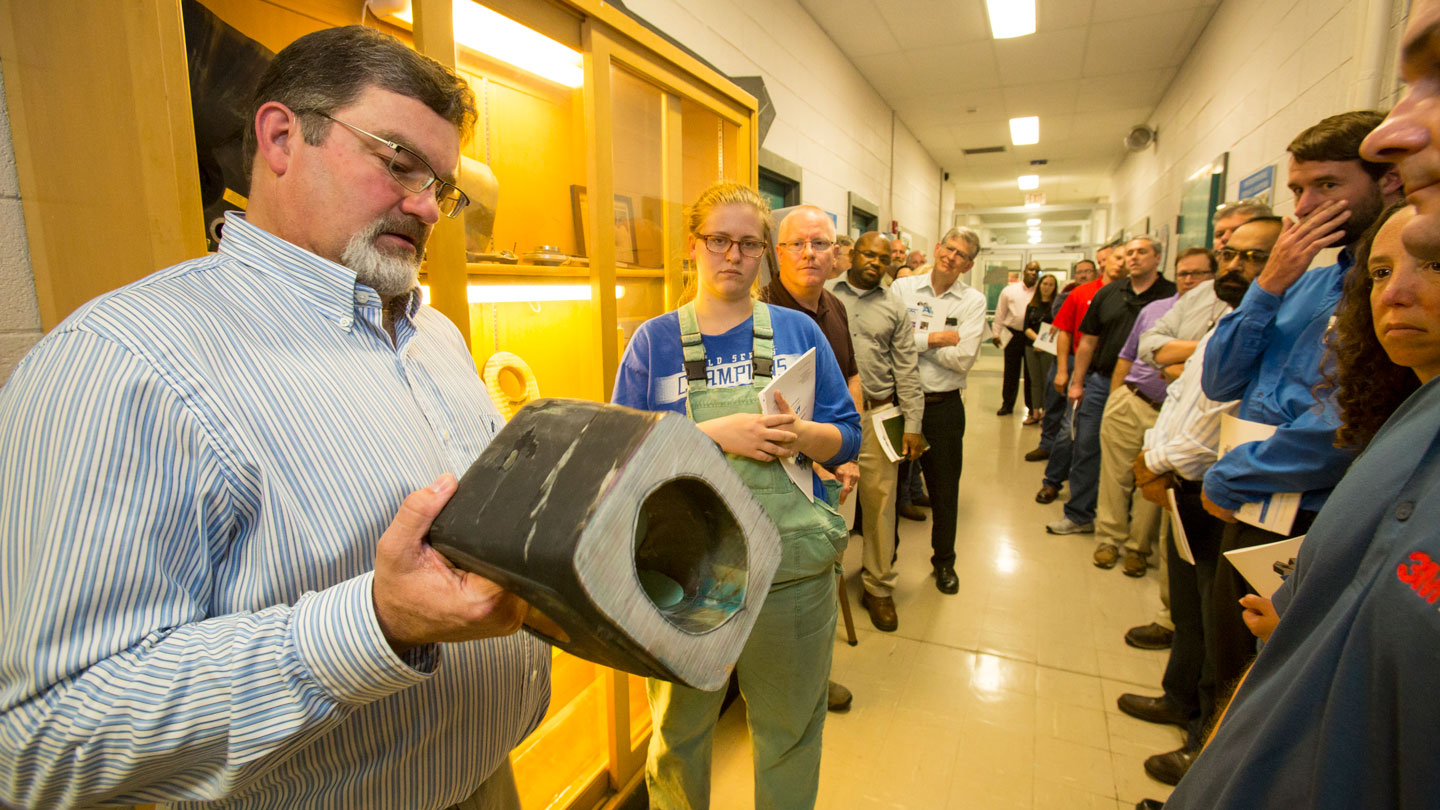
Welcome to the Reliability and Failure Analysis Laboratory
The Reliability and Failure Analysis Laboratory (RFAL) is an independent research organization at the University of Alabama in Huntsville (UAH). RFAL is currently under the leadership of Mr. Mark Gauldin. Mr Gauldin has his MBA from UAH and is a proud Charger Alumni. He has been working in the world of Reliability for over 25 years and has a strong leadership background.
RFAL is a research lab that focuses on expanding the body of knowledge in the reliability engineering discipline. The Lab investigates possible failure mechanisms acting on a part through math modeling and physical testing. By looking at the Physics of Failure, the Lab is able to develop FMEA, FMECA, and FRACAS to aid in the risk assessment of the component.
Our primary focus is RELIABILITY: the probability that a system or component will perform its required functions under stated conditions for its mission duration.
Reliability Engineering is relatively new in comparison to the other engineering disciplines. Over the past few decades there has been a big push for reliability especially with the Department of Defense, Automotive and Aircraft Industries and biomedical devices. Each shares the concern with the complexity of the systems and the high cost of failure.
Reliability is a selling point in industry and it should take place in the design phase of the system. However the maintainability aspect of a system is often overlooked. Designing for reliability and maintainability will enable preventive maintenance actions such as Condition Based Maintenance or Time-Directed Maintenance practices to be easily implemented and ensure that the design criteria will be met. Availability is the ability of the system to be kept in a functioning state and is correlated to Reliability and Maintainability. The lab has the capability to model the reliability and availability for complex systems. RFAL uses UID compliant procedures to track parts or test articles in the lab to model failure, life-cycle costing, and sparing. It can also be applied in a Reliability Centered Maintenance solution to track equipment to aid in increasing the reliability of the equipment.